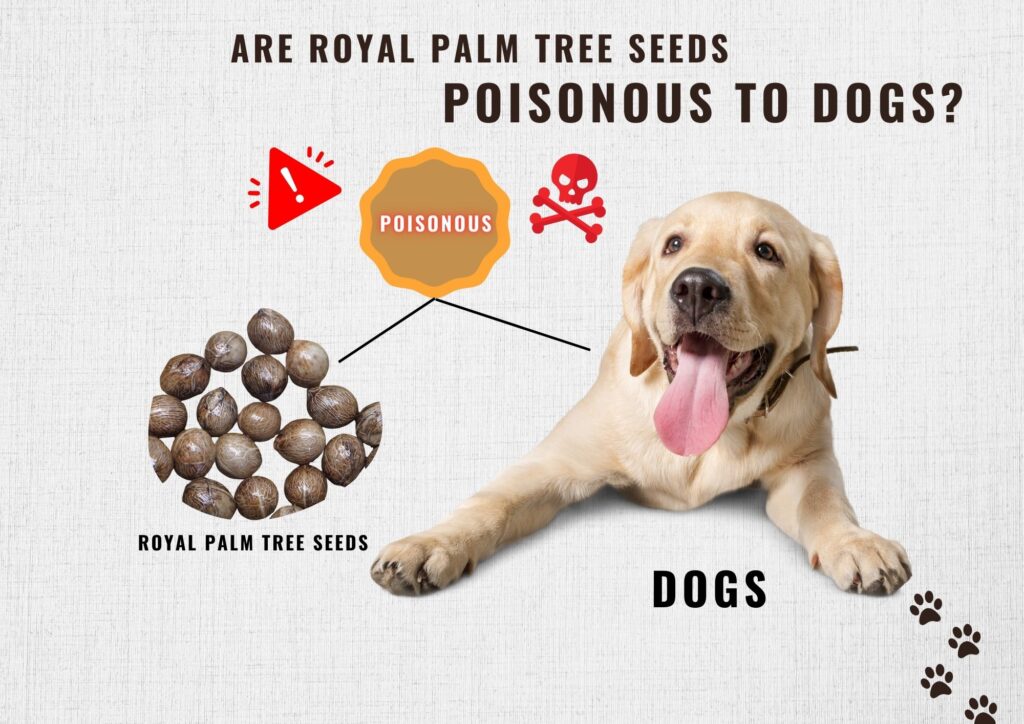Welcome to the lush world of landscaping where the majestic Royal Palm tree reigns supreme. If you’re looking to add a touch of regal elegance to your outdoor space, you’ve come to the right place. In this comprehensive guide, we’ll explore the art of planting and nurturing Royal Palm trees, from seed to towering beauty. Join us as we delve into the details of how to plant a Royal Palm tree, nurture it from seed to maturity, understand its growth patterns, and address concerns about potential risks for our furry friends.
I. Planting Your Royal Palm Tree

To begin your journey into creating a botanical masterpiece in your backyard, let’s first explore the process of planting a Royal Palm tree. Choose a location with well-draining soil and ample sunlight – these trees thrive in tropical and subtropical climates. Dig a hole twice the size of the root ball, ensuring that the tree sits at the same level as it did in its nursery container. Gently remove the tree from its container, loosen the roots, and place it in the hole. Water thoroughly and add a layer of mulch to retain moisture.
II. Growing Royal Palm Trees from Seed
For those with a passion for starting from scratch, growing a Royal Palm tree from seed is a rewarding endeavor. Begin by obtaining fresh seeds from a reputable source. Soak the seeds for 24 hours to enhance germination, then plant them in a well-draining potting mix. Keep the soil consistently moist, and provide warmth to encourage sprouting. Once the seedlings have emerged, transplant them to larger containers, gradually acclimating them to outdoor conditions. Patience is key as these regal trees take time to establish themselves.

III. Understanding Royal Palm Tree Growth
As your Royal Palm tree begins to grace your landscape, it’s crucial to understand its growth patterns. On average, these trees can reach heights of 50 to 80 feet, creating a stunning vertical presence. Regular watering and fertilization will promote healthy growth, while proper pruning will maintain an attractive appearance. Pay attention to potential signs of stress, such as yellowing leaves or stunted growth, and address any issues promptly to ensure your Royal Palm flourishes.
IV. Addressing Concerns: Are Royal Palm Tree Seeds Poisonous to Dogs?

While the Royal Palm tree adds unparalleled beauty to your surroundings, pet owners may be concerned about potential risks. It’s important to note that Royal Palm tree seeds can be toxic to dogs if ingested. To safeguard your furry friends, exercise caution and prevent access to fallen seeds. If you suspect your dog has consumed Royal Palm seeds, seek immediate veterinary attention. Awareness and proactive measures can ensure a harmonious coexistence between your majestic landscaping and beloved pets.
Conclusion
In conclusion, cultivating the grandeur of Royal Palm trees requires a blend of knowledge, patience, and care. Whether you choose to plant a mature tree or embark on the rewarding journey of growing from seed, the regal beauty of these palms will undoubtedly transform your outdoor space. By understanding the intricacies of planting, nurturing, and addressing potential concerns, you’ll create an environment where elegance meets nature. Embrace the art of landscaping with Royal Palm trees, and watch your outdoor oasis flourish in sophistication.




Leave a Comment